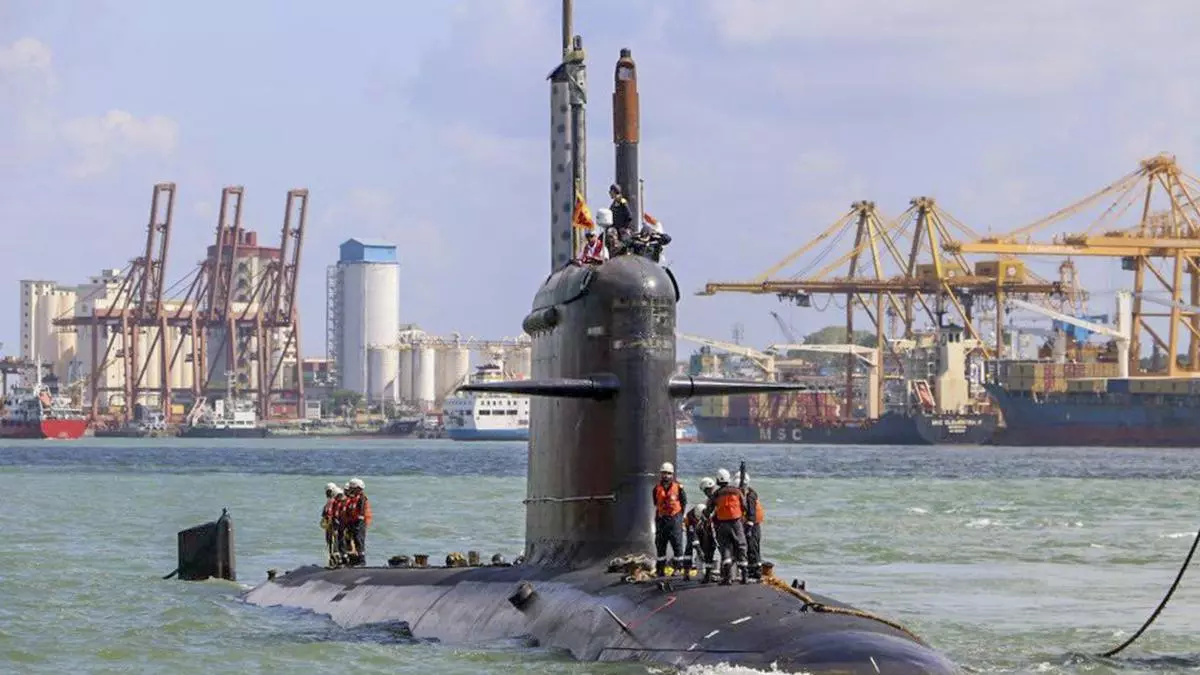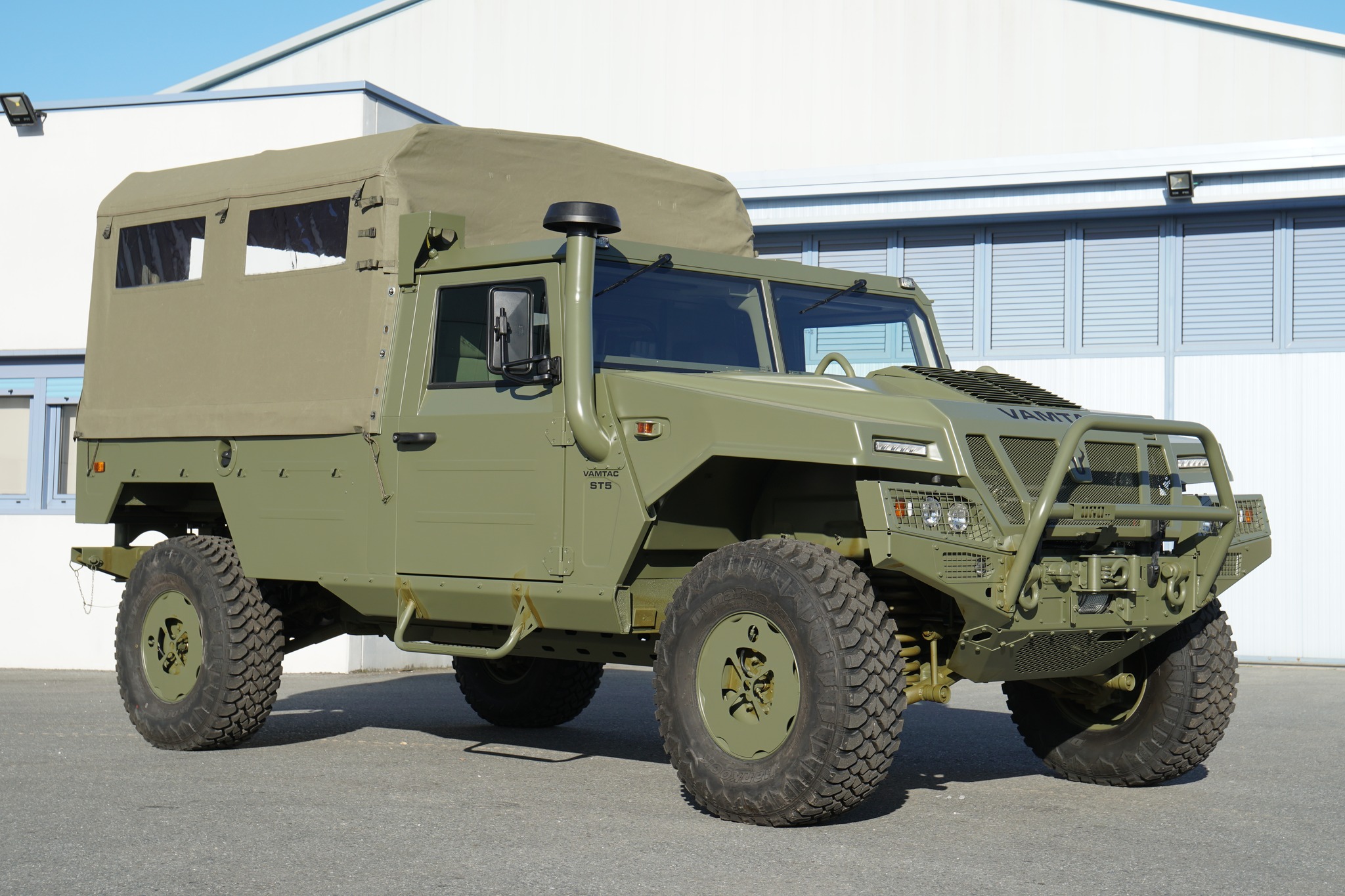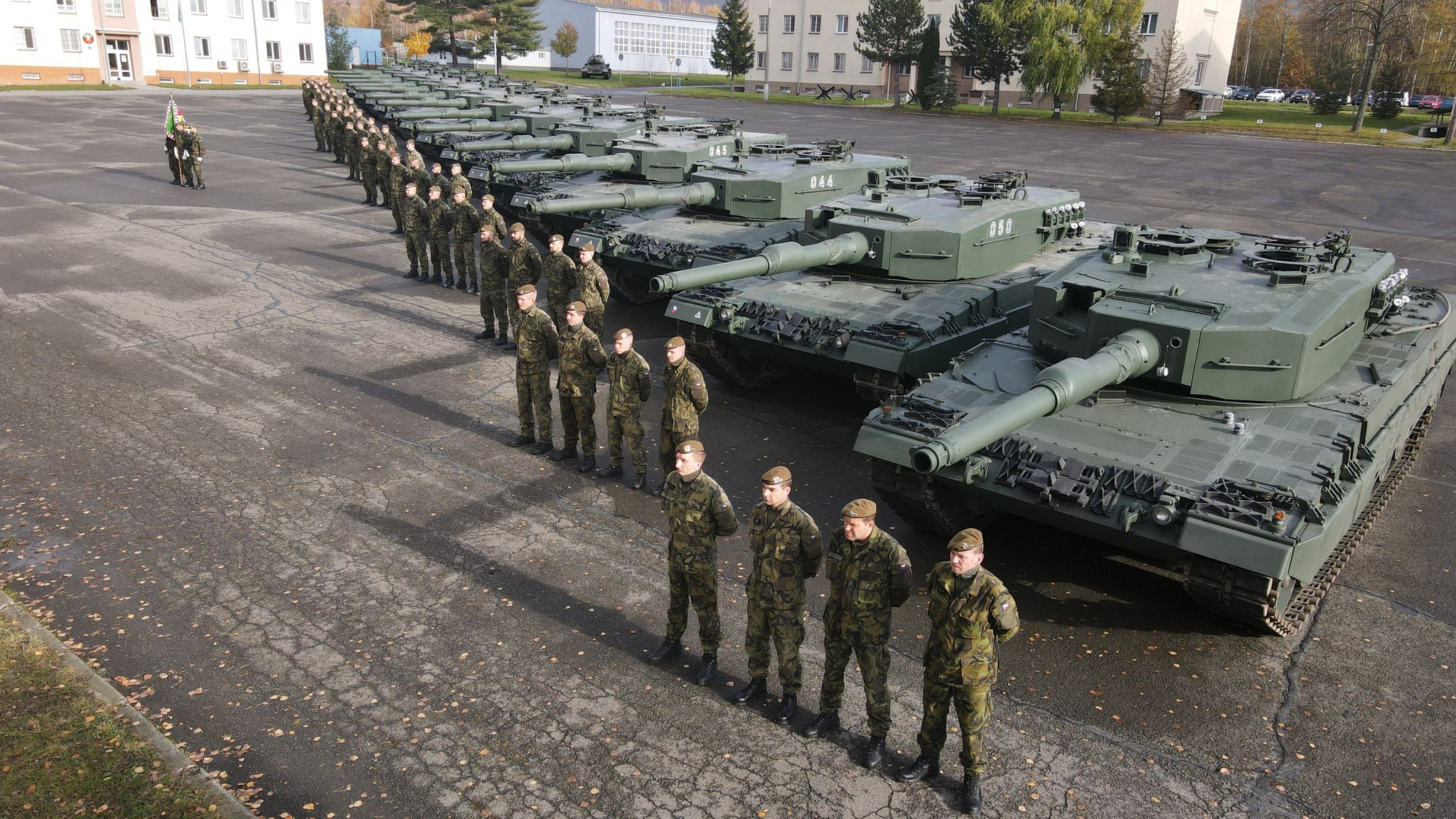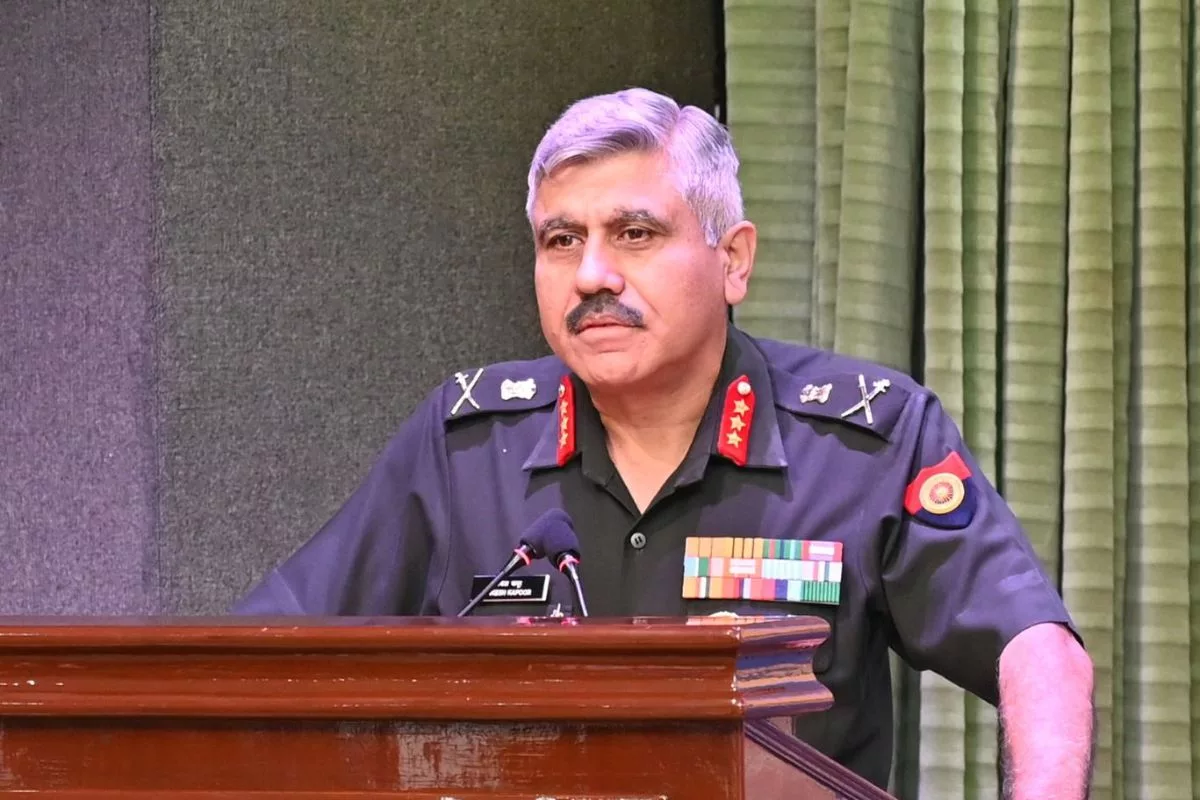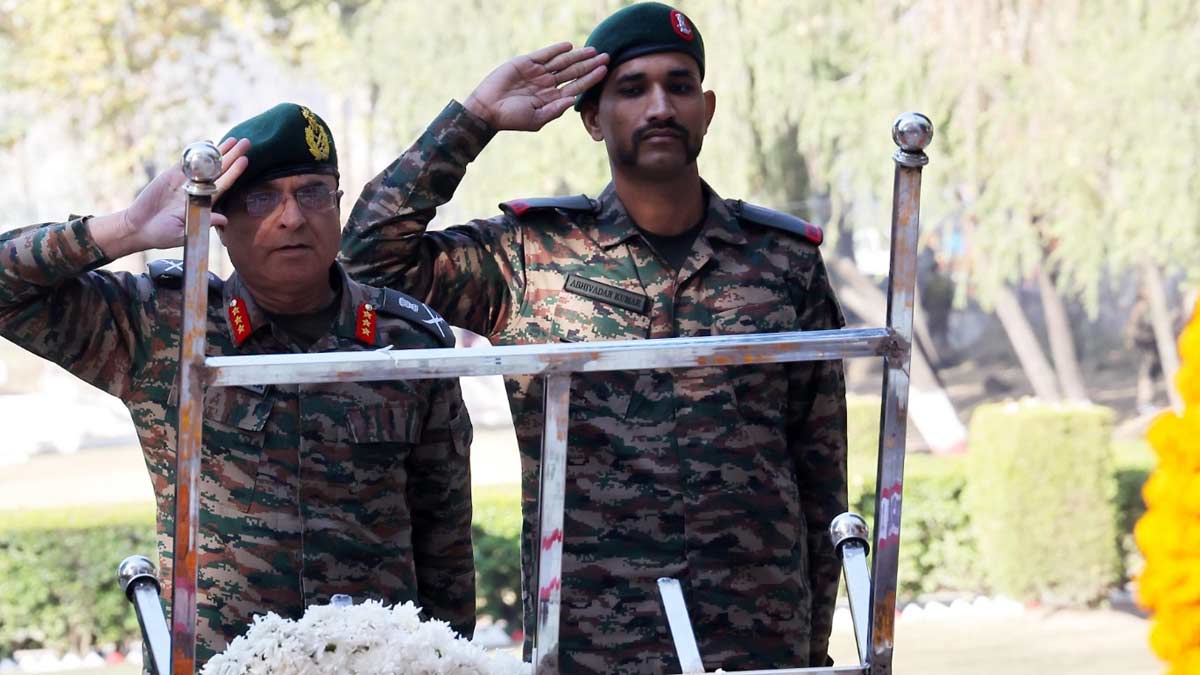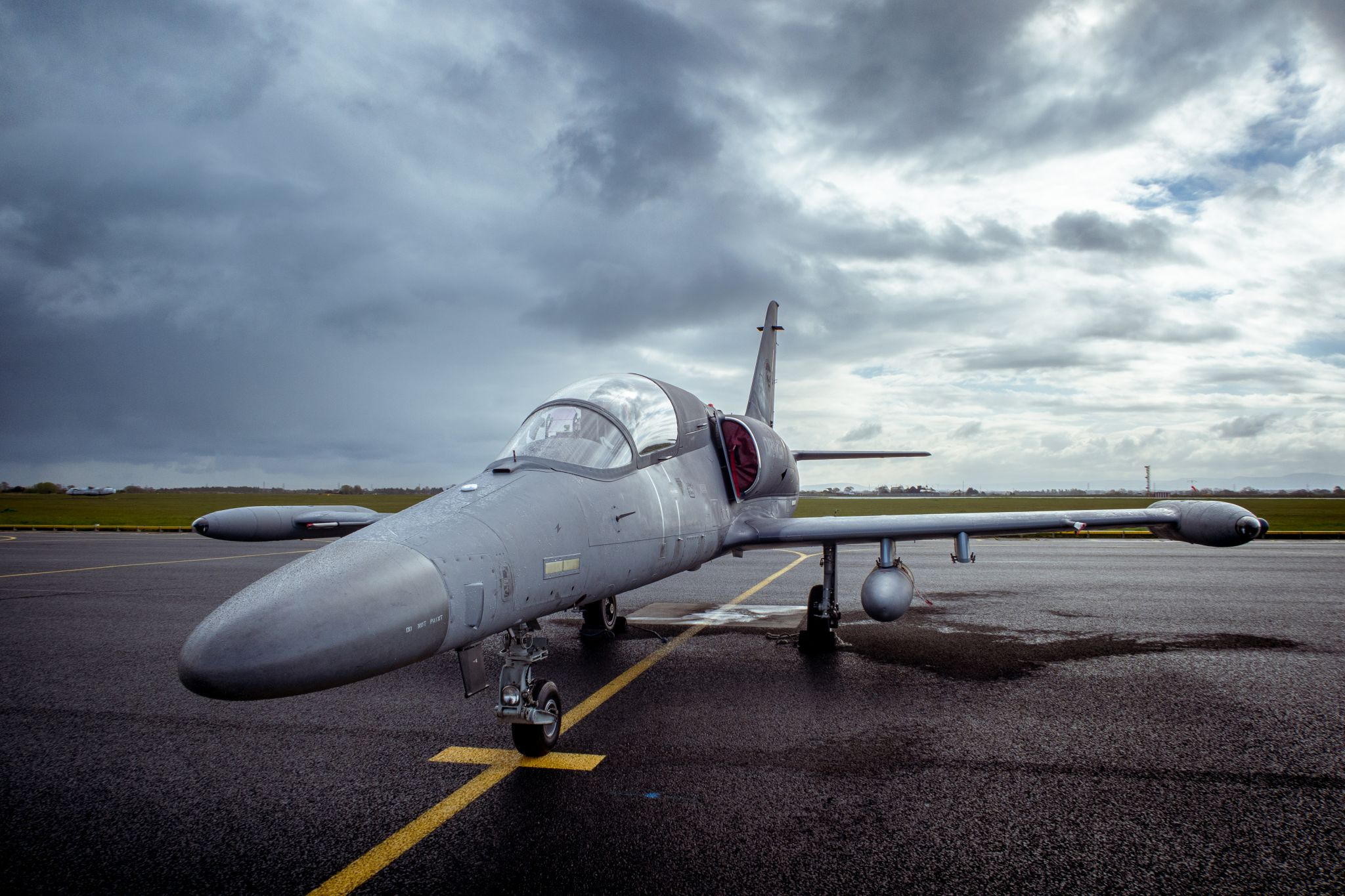Fishing Vessel Collides with Indian Navy Submarine Off Goa, Search Ops Underway for Missing Crew
A fishing vessel named Marthoma was involved in a collision with an Indian Navy submarine approximately 70 nautical miles off…
New Zealand Army to Replace Aging Utility Vehicles with Urovesa’s VAMTAC Fleet
Spanish mobility developer Urovesa has secured a significant contract with the New Zealand Army to replace its aging fleet of…
Czech Republic to Acquire 14 More Leopard 2A4 Tanks from Germany
The Czech Republic is set to enhance its military capabilities with the acquisition of 14 additional Leopard 2A4 main battle…
Indian Army Restructures Education Corps to Recruit Domain Experts in Cybersecurity and Linguistics
The Indian Army is undertaking a transformative restructuring of its Education Corps, a move aimed at integrating domain experts in…
5,000 Veterans Gather in Poonch to Celebrate 77th Poonch Link-Up Day
In an extraordinary display of camaraderie and respect, approximately 5,000 veterans participated in a grand event held in Poonch on…
Draken to Supply L-159E Honey Badger Jets for Dutch Air Force Training Programs
A notable partnership is emerging in the defense sector, as British defense contractor Draken has reached an agreement to supply…

